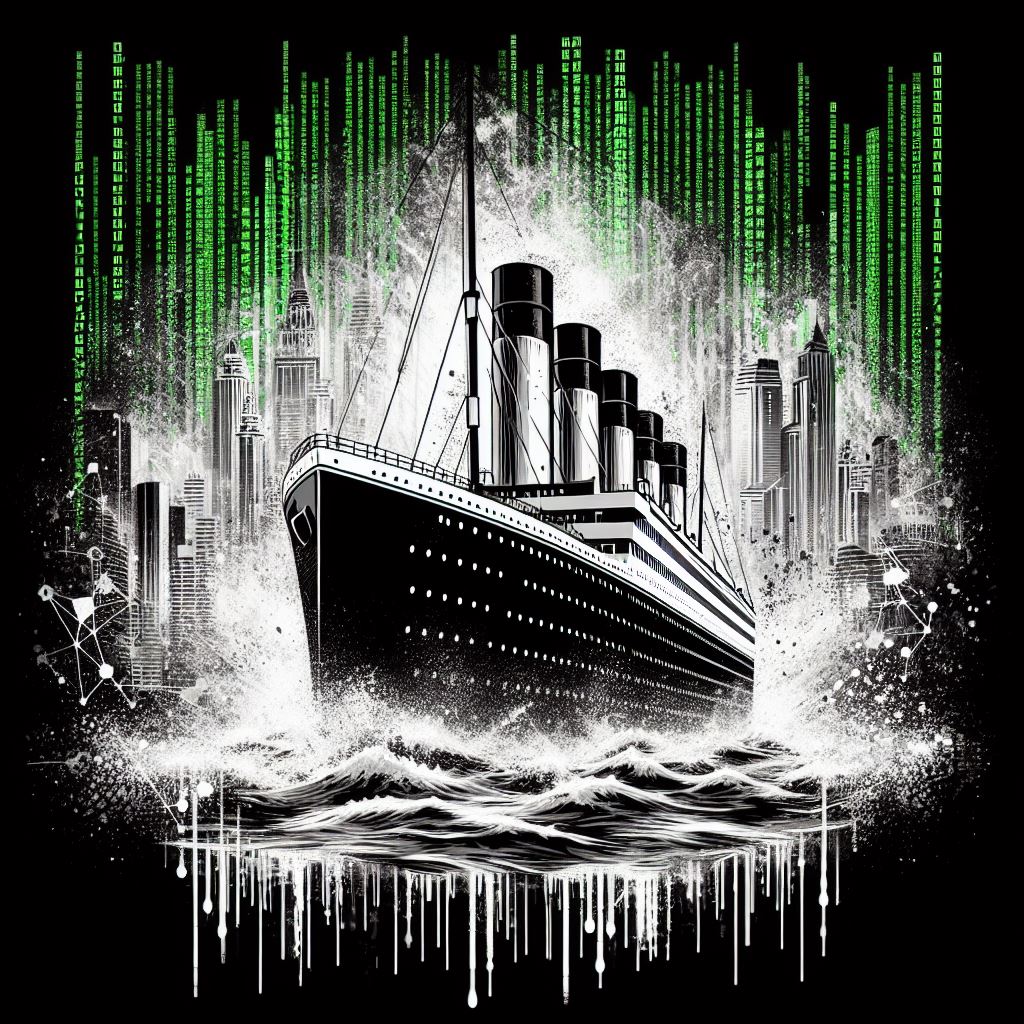In the annals of maritime history, the Titanic’s fateful voyage in 1912 remains etched in collective memory. Through schooling there was learnings of the Titanic, school projects, the TV wheeled in for documentaries and of course the blockbuster movie.
It was an investigation and documentary on the Titanic that confirmed my red-pilling during the plandemic, that on that ill-fated night, the Titanic was not the vessel it claimed to be. Instead, theorists posit that it was the Olympic, her sister ship. This narrative not only delves into the alleged switch but also explores claims of insurance fraud and a speculative connection to the birth of the Federal Reserve.
The Maritime Symphony:
The White Star Line commissioned two grand vessels, the Olympic and the Titanic, as part of the Olympic-class liners. Both sister ships bore a striking resemblance with negligible differences.
The Switch Theory Unveiled:
According to this intriguing hypothesis, financial struggles and a series of mishaps led the White Star Line to switch the damaged Olympic with the yet-to-be-completed Titanic. The motive, as some suggest, was to orchestrate a deliberate sinking and claim insurance funds, possibly timed with broader financial changes.
Navigating the Claims:
- Design Distinctions:
Detractors argue that subtle design differences, such as variations in windows and portholes, provide a distinct identity to each ship, countering the notion of a clandestine switch. - Collision Chronicles:
While the Olympic did encounter collisions, skeptics maintain that the necessary repairs and modifications would have been too extensive to execute in secret.
Whispers of Insurance Fraud:
The narrative suggests that the financial strain on the Olympic prompted a desperate ploy to recoup losses through the deliberate sinking of the Titanic.
A Dance with the Federal Reserve:
Intriguingly, some theories weave the Titanic-Olympic saga into the creation of the Federal Reserve. Purportedly, the orchestrated disaster served to divert attention or facilitate financial changes, although concrete evidence supporting this connection remains elusive.
The Denouement:
Despite the allure of these narratives, mainstream historians and experts consistently challenge the validity of the Titanic-Olympic story. Eyewitness accounts cited by theorists are often disputed, and the intricate web of claims requires meticulous scrutiny.
References:
- Eaton, John P., and Charles A. Haas. “Titanic: Triumph and Tragedy.” W. W. Norton & Company, 1995.
- Lynch, Don, and Ken Marschall. “Titanic: An Illustrated History.” Hyperion, 1992.
- Gardiner, Robin. “The Riddle of the Titanic.” Houghton Mifflin Harcourt, 1995.
Discover more from Kango Anywhere
Subscribe to get the latest posts sent to your email.




